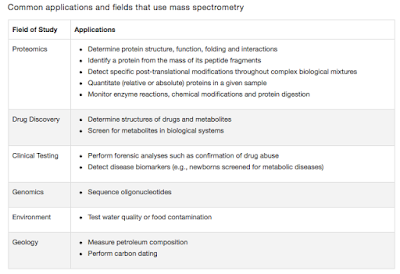Though this is a blog space to discuss Microbiology, I have also used this platform to sometimes talk about science itself to a larger audience of interest. In April 2015, I wrote a post on the plight of Indian research scholars (
Link). With time, nothing seems to have really improved in the country. The brightest of research scholars in the country are demonstrating on the streets to gain the attention of the government and seeking to solve the long-standing issues (
Link). In this post, I am trying to provide a snapshot of the current financial status of research(ers) in India.
 |
| Fig 2: %GDP expenditure on R&D |
The prime minister of India aims to place India at the t
op 3 on a global scale. Evidently, though these are words of political interest, there is nothing much that has been done at the scale of reality for the long term. In a study published in 2013 by
Meo et al, it has been convincingly shown that there is a direct relationship between the spending on R&D and the quality of publications. In this light, India stands really down. Fig 2, shows a % GDP spending of India (in the year 2015) in comparison to some a few countries, as per the data available from the
world bank. Despite this situation, the Indian spend on R&D has
been the same at 0.6% GDP from the year 1998 to 2017. This financial crunch in research funding is totally
reflected in our scientific publications. India stands at the 9th position on a global scale in producing citable documents but ranks 184/239 when it comes to the average citations per document. A large chunk of the citations is contributed by self-citations. Clearly, the government is not funding enough research labs to do their research work.
 |
| Fig 3: Stipend amounts received by PhD Scholars. |
There has been a recent demand from researchers like me, who are pursuing our PhD under government fellowship (Through agencies such as CSIR/UGC/DST/ICMR). The developments so far have
not been in favour of PhD scientists as a whole. It is largely the opinion of lots of scientists that the brain drain is due to this unfavourable financial situation. In fact, India contributes as a
top source for emigration globally. Figure 3 shows the trend of stipend received by PhD students for performing research, who have qualified through national level competitive examinations. It appears from the graph that there is an increase in the salaries of PhD's by year. However, in reality, this was very low from the beginning with reference to the cost of living and the value for the degree or how much the same talent is paid in other countries where research is a priority.
Apparently, if India wants to be one among the best for research output, there is a requirement for a substantial increase in financial allocation for research. The 20-year-old trend of 0.6% of GDP is absolutely insufficient for sustaining the increased quality of research(ers).








Comments
Post a Comment